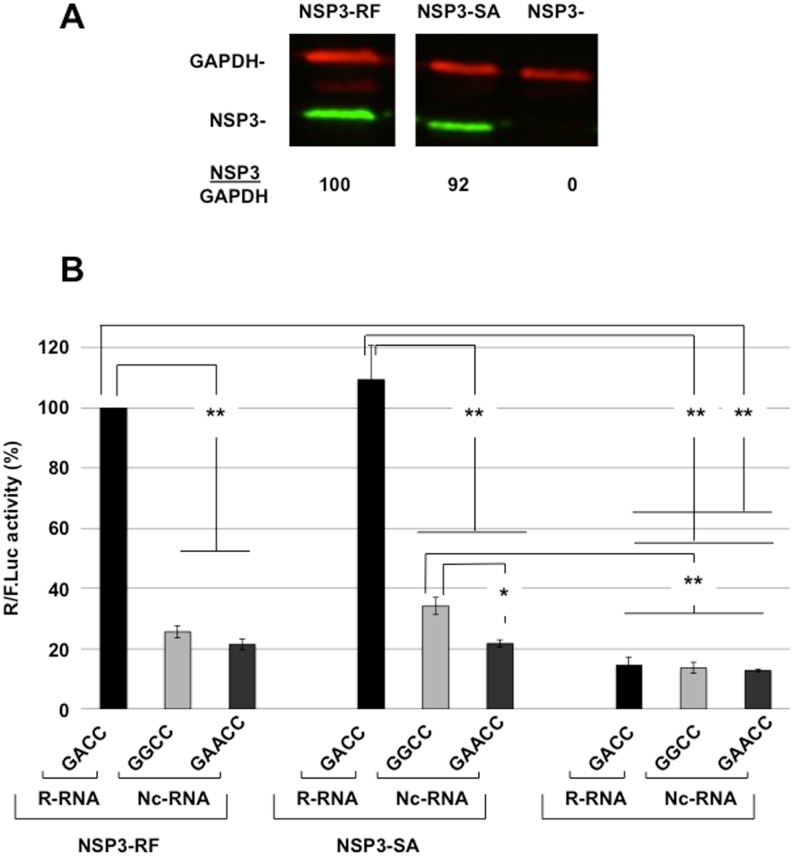Fig 3. The importance of the 3' end and NSP3 origin for rotavirus-like reporter mRNA translation.
A: Cytoplasmic expression of NSP3-RF and NSP3-SA in BSRT7 cells. Lysate from BSRT7 cells transfected for 24 h with expression vectors encoding NSP3 from the RF (NSP3-RF) or SA11 (NSP3-SA) RVA strains or no NSP3 (NSP3-KO). The lysates were analyzed (using the same western blot but NSP3-RF and NSP3-SA samples were not side-by-side) with an anti-NSP3 rabbit polyclonal antibody and a mouse monoclonal antibody against the cellular protein GAPDH (used as a loading control). The ratio of NSP3 versus GAPDH fluorescence (NSP3/GAPDH) is indicated at the bottom of the figure. B: BSRT7 cells expressing NSP3 from the RF (NSP3-RF) or SA11 (NSP3-SA) RVA strains or no NSP3 were electroporated with the indicated capped reporter mRNA (R- or Nc-RNA) and the standard RNA. The Renilla and firefly luciferase activities were measured 6 hours after electroporation. The Renilla to firefly luciferase ratio is relative to the control (R-RNA in cells expressing NSP3-RF), which was considered 100. The data are the mean ± SEM of three independent experiments in triplicate. A two-tailed Student’s t-test was used (*p<0.05,**p<0.01)

